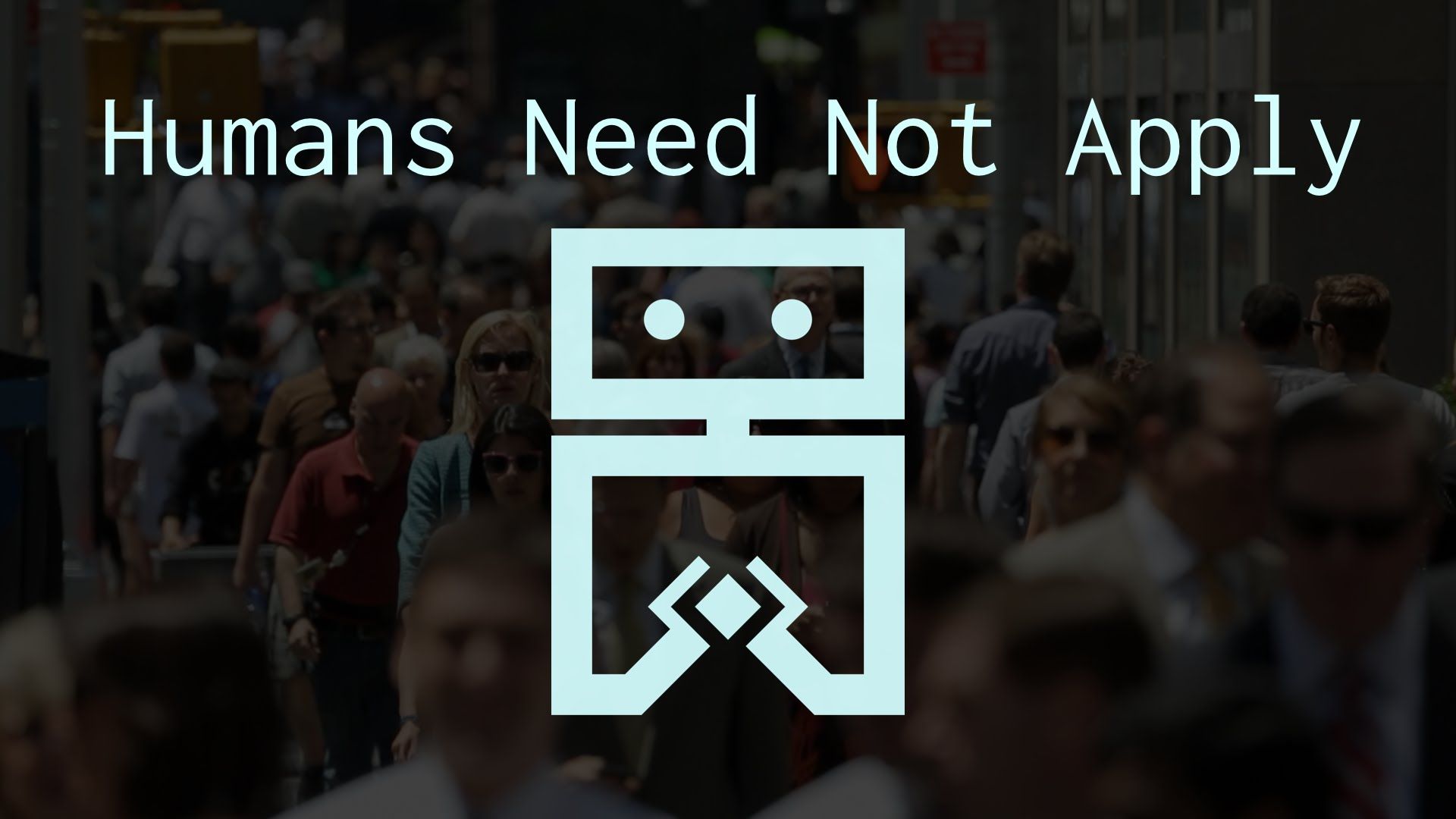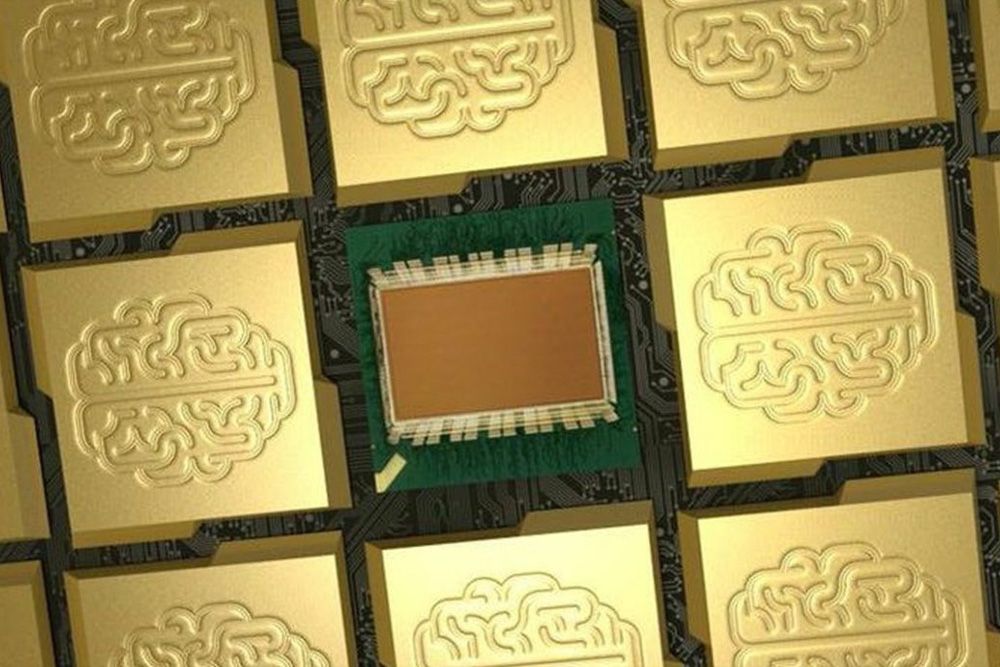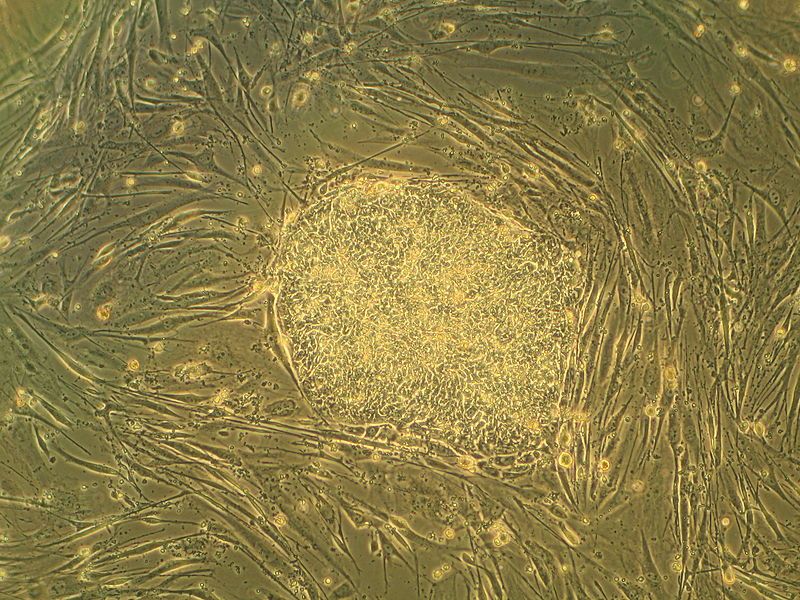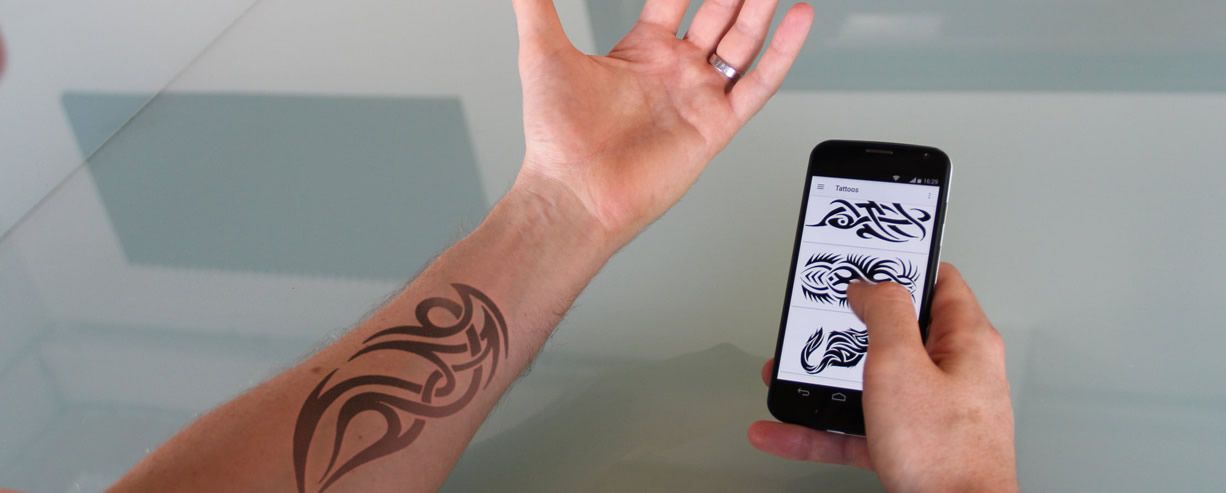A brief introduction on the coming technological singularity. And a hint at how digital peer to peer cryptocurrencies like bitcoin which was the first. Will turn the ‘internet of things’ into the ‘economy of things’. Plus also I feel validates the case for a new debt free monetary system to provide a universal citizen’s dividend.
#technologicalSingularity #singularity #AI #cryptocurrency #bitcoin #citizensDividend #socialDividend #universalBasicIncome #basicIncome
Discuss this video: http://www.reddit.com/r/CGPGrey/comments/2dfh5v/humans_need_not_apply/ http://www.CGPGrey.com/ https://twitter.com/cgpgrey ## Robots, Etc…






